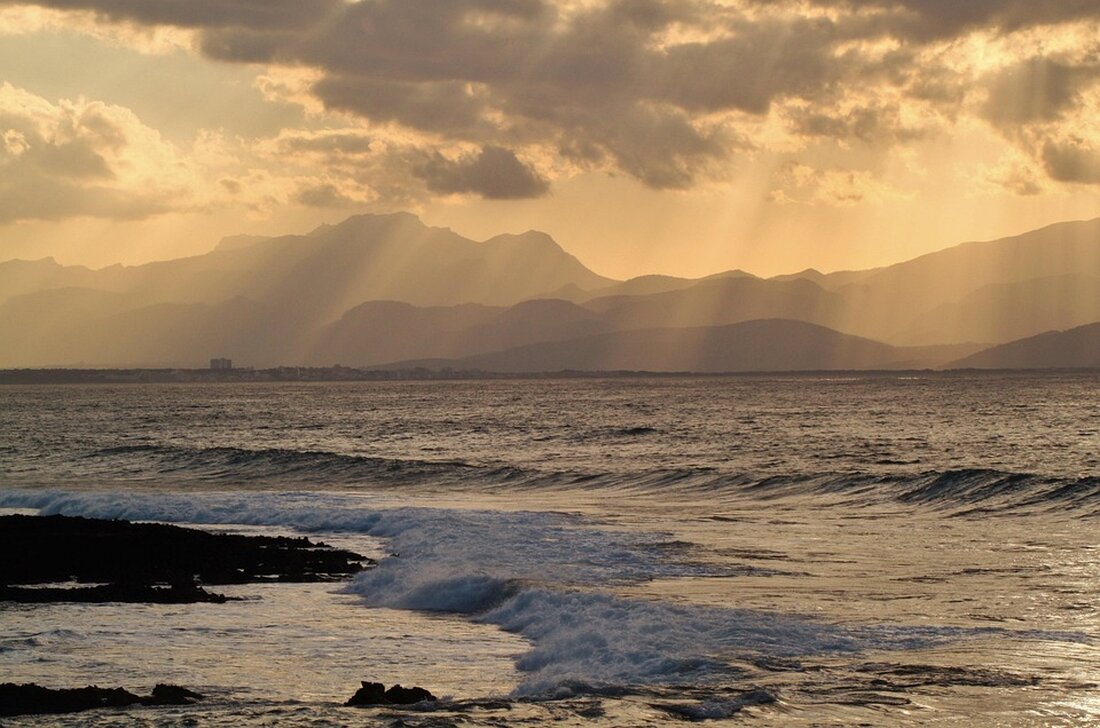Mallorca under protest: Locals defend themselves against the flood of tourism!
Mallorca is fighting against mass tourism: locals are protesting for a better quality of life and less tourist pressure.

Mallorca under protest: Locals defend themselves against the flood of tourism!
Mallorca, the popular holiday destination for many Germans, is currently struggling with the negative effects of mass tourism. More and more locals are expressing their dissatisfaction with the overcrowded beaches and the rising cost of living. This protest movement began in Sóller and is increasingly developing into an island-wide movement. Places like Alcúdia and Manacor are increasingly joining the protests. The “Welcome to Sollerland” campaign supports this resistance, using creative means such as artificial intelligence to create provocative images that illustrate the problem. One particularly striking image shows a dissatisfied local holding a sign: “Manacor is not an adventure park.”
The Instagram channel @welcometomanacorland spreads the campaign and complements it with biting comments that address residents' concerns about their identity, overcrowding in public spaces and the rising cost of living. Protests also broke out in Alcúdia and Santanyí, where calls for a reduction in tourism and better protection of the quality of life of locals are becoming louder. This is part of a broader debate that is increasingly affecting other popular travel destinations for Germans.
Mass protests against tourism
In a remarkable demonstration on July 22, 2024 in Palma de Mallorca, around 20,000 people took part, according to police, while organizers spoke of up to 50,000 participants - a figure that observers see as exaggerated. The demonstration moved from Ses Estacions Park through the old town. The protest content highlighted the population's frustration, with posters such as: "Your luxury, our misery" and "We don't want to be the pioneers in increasing housing costs".
The event was not isolated; A similar demonstration with up to 25,000 participants took place in Palma eight weeks earlier. There were protests not only in Mallorca, but also in cities such as Barcelona, Málaga and the Canary Islands. A creative protest was organized by a youth carrying a model of a cruise ship to raise awareness about the negative impact of cruise tourism.
The impact of tourism
The demonstrators' criticism is diverse: They emphasize that only a minority benefits from tourism, while the majority in the industry suffer from low wages. In addition, residents complain about high housing costs, noise, dirt and traffic jams caused by mass tourism. The Balearic Islands have a population of around 1.2 million, but last year 18 million tourists visited the island, which is 15 times the population. 4.6 million of these tourists came from Germany alone.
Although tourism plays an important economic role, contributing 45% of the island's economic output and generating around 20 billion euros in revenue, this economic benefit is increasingly viewed critically by citizens. Marga Prohens, the head of the regional government, has expressed understanding for the residents' discomfort and appeals to the protesters to demonstrate peacefully. The atmosphere during the demonstrations was mixed; Some holidaymakers were impressed and applauded, while others found the rally unpleasant.

 Suche
Suche
 Mein Konto
Mein Konto